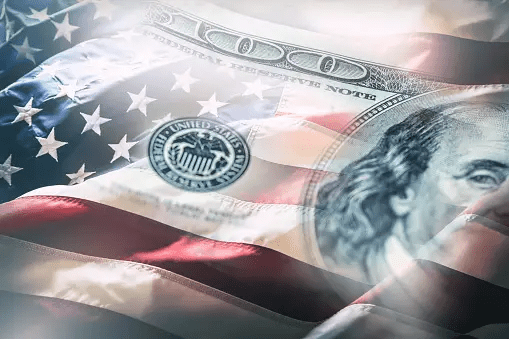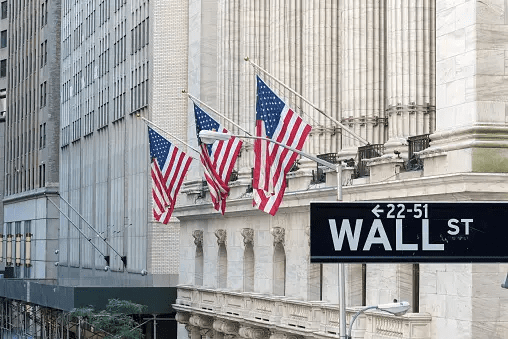Inflation in the US has slowed to its lowest pace since 2021, raising hopes for a potential interest rate cut by the Federal Reserve. As prices stabilize, particularly in housing and groceries, there’s growing speculation that the Fed may soon ease its high borrowing costs, offering relief to American households.

The country has seen the rate of inflation, or how quickly the prices of goods and services increase, slow down over the last few months. Consumer prices rose 2.9% in the 12 months through July, the Labor Department said in its latest report. It’s the weakest pace of inflation since March 2021 and a deceleration from the 3% gain registered a month earlier. This gradual fall in inflation has led to talk of the Federal Reserve—colloquially, the Fed—lowering interest rates in the near future.
For some context, the Federal Reserve is a central bank that oversees the money supply and the interest rates in the United States. The Fed has kept its key lending rate at 5.3%, the highest in almost two decades, since July 2023. At this high rate, it becomes more expensive for Americans to borrow money for mortgages, credit cards, car loans, and a host of others. It has been the aim of the Fed, through these high rates, to discourage borrowing and decrease demand for goods and services, which in turn helps cool the economy and prevents prices from going up too high.
With the inflation starting to fall, though, there has been increasing pressure on the Fed to trim these rates. If interest rates were any lower, regular people would have an easier time taking out loans at cheaper rates, which could boost spending and investment—something very important considering that the economy is displaying signs of slowdown, with weaker-than-anticipated job growth in July boosting worries of a possible recession most recently.
One of the major factors behind the recent slowdown in inflation concerns the fall in oil prices. As oil became cheap, so did petrol, which all but defined the outlook of Americans toward the economy. The second major reason for falling inflation is that most of the supply-chain problems that developed during the Covid-19 crisis have started unwinding, helping further bring down prices.
Though all these are positive developments, the Fed is still very cautious. With growing speculation that it may slice rates as early as September, there is a lingering belief that inflation could rise once again. For instance, UK inflation recently went up after the Bank of England slashed rates-an alert that the fight against inflation is not over yet.
Julian Howard, GAM Investments’ chief multi-asset investment strategist, stated that a September rate cut seemed “all but certain,” saying, however, that the Fed would be cautious and wish to wait for the freshest possible data before making a decision. The Fed knows it runs the risk of unwanted outcomes—like a sharp jump in inflation—if it makes the wrong move.

The newest inflation report has Wall Street investors some ways divided. Some feel that a small rate cut by the Fed would only be 0.25 percentage points, whereas others want to have a more aggressive approach in doing this. Wells Fargo analysts predict the Fed is going to take larger action, especially against the light of continued increases in rents and other housing costs.
Housing has been one of the biggest drivers of inflation in the last year, with house rents rising more than 5%. Indeed, housing is responsible for more than 70% of inflation. Meanwhile, grocery prices are up 1.1%, while car insurance is more than 18% higher, and these increases are putting pressure on American households that already strive to keep pace with higher borrowing costs.
President Joe Biden responded to the newest inflation report by promoting the work that has been done to tame inflation, saying costs for American families are going down. However, former President Donald Trump’s campaign hit back squarely at President Joe Biden’s administration, stating that the prices of goods are up 20% since 2021. They went so far as to dub with the term “Kamalanomics” the economy under the watch of Biden, referencing his vice president, Kamala Harris.
Next, the Fed will meet in September, where the focus will be on whether the central bank is going to raise interest rates. At least one piece of good news is in today’s inflation slowdown, but still, all steps that the Fed takes will be closely watched as it balances a tightrope between boosting economic growth and reining in inflation.

The US economy currently stands at the crossroads. With inflation having slowed down and the prospects of a rate cut on the cards, there is some hope that respite might finally come in for Americans from the excruciatingly high borrowing costs that have weighed heavily on households. However, the way forward is still dicey, and the decisions which the Fed takes in the coming months will prove instrumental in deciding the future direction that the US economy takes.


